Carbide Imbalance
Q: Our family is passionate about snowmobiling. With the growth of my kids, so has my fleet of snowmobiles. As the kids have gotten old enough to ride their own machines, the maintenance costs have also grown. In an effort to save money, I go to snowmobile swap meets in the fall to find cheap supplies. New belts, carbides and hyfax can be costly to keep six sleds on the trail. I try to purchase good used items whenever possible. My question is about used carbides. When I buy carbides, it seems like one side is always worn down more than the other. Why? Does it matter which ski gets the better/worse runner?
Mark Matson
Middleton, Wisconsin
A: The left carbide usually wears faster than the right because sleds run along the right shoulder of a road when crossing bridges. The right ski might still be in the snow while the left one grinds on the pavement. This is especially common for ditch riders. A good argument can be made for either ski to deserve the better carbide. For longevity, it makes sense to install the best carbide on the left ski. It will wear faster and eventually catch up to the heavily worn right carbide. Hopefully, they’ll both wear out at the same time and provide more miles. On the other hand, most riders can turn a sled more aggressively to the left because they can lean farther into the turn. With that in mind, the right carbide is under more pressure to bite the snow during aggressive left turns. For this reason, it makes sense to install the sharpest carbide on the right ski.
Keep Your Bearings Straight
I wanted to share a story with Snow Goer Clinic rather than ask a question. I believe some of your readers could benefit from an experience I had. We were 50 miles into our first 100-mile trip last year (at the farthest point away from the trailer) when I started to hear bearing noise from the left side of my snowmobile. After some investigation, we were able to determine it was a jackshaft bearing behind the secondary clutch. We were able to get to a watering hole to have a bite to eat and come up with a game plan. Would I stay at the rest stop and wait for my buddies to return with the trailer? Or would we tow the machine back 50 miles? Either way, I felt like I was ruining the trip. One of the guys in our group had an idea. With MacGyver-like skills, we found the tools to remove the secondary clutch and loosen the bearing flangette to expose the culprit. The bearing wasn’t too far gone — it would still turn — but it was rough and had more resistance than normal. We used a small, flat screwdriver to pull out the bearing seal, which revealed the lack of grease inside the bearing. One friend had a small tube of grease in the trunk of his sled, so we re-packed the bearing much like we re-packed trailer wheel bearings just a few months earlier. We re-installed the seal and put the sled back together. This quick fix got me back to the trailer without a problem. I honestly believe I could have made it through another day of riding with this simple fix because the grumbling noise mostly disappeared. Now I’ve added a small tube of grease to my sled’s tool box.
Rocky Todd
Buffalo, New York
This proves that great ideas and preparation can save a ride. Early season bearing failures are common. This happens because machines sit stationary all summer while the bearing and its race picks up corrosion. Once the bearing starts to roll again, the corroded ball bearings and race heat up and either damage the seal and cause loss of lubrication or the heat draws in moisture and causes bearing failure. How can this be prevented? Grease the greasable bearings — especially before and after summer storage — and keep close tabs on the non-greasable bearings that are usually in the chaincase and rear suspension’s bogey wheels. Check them at the beginning of each season for noise or wear and replace as necessary. Also, some owners run their machines several times throughout the summer with the rear end on a jackstand. This keeps the drivetrain and rear suspension bearings lubed, which might prevent failure. To really cover their butts, some snowmobilers keep extra bearings in a toolbox at the cabin or trailer.

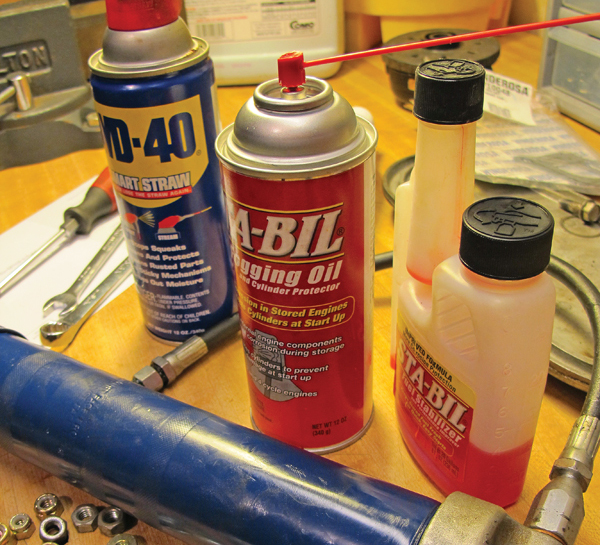
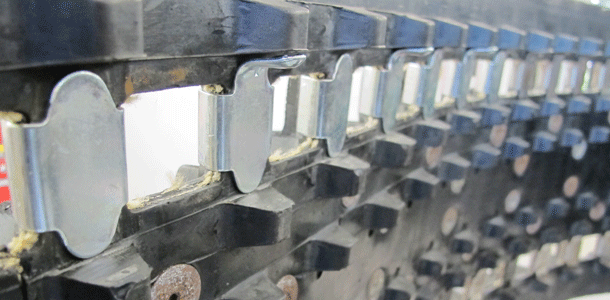
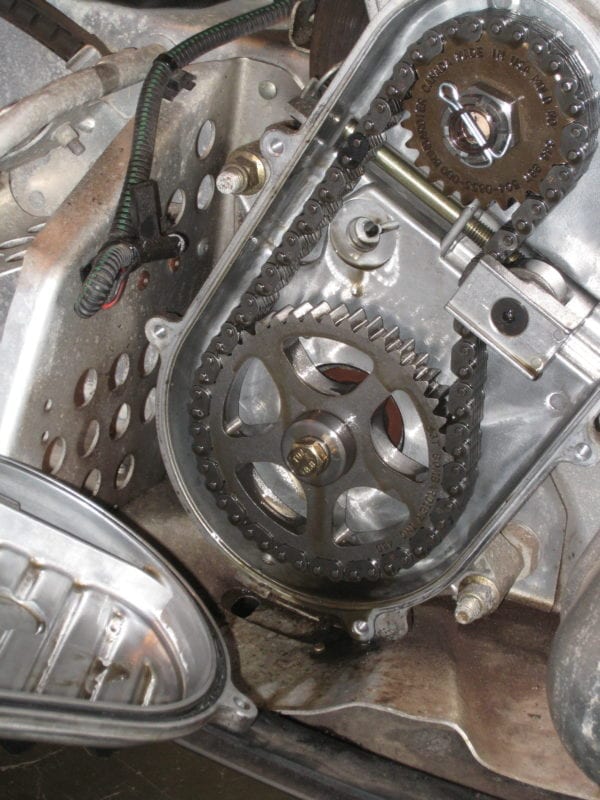
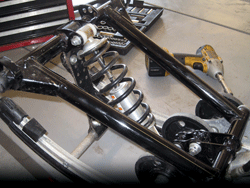
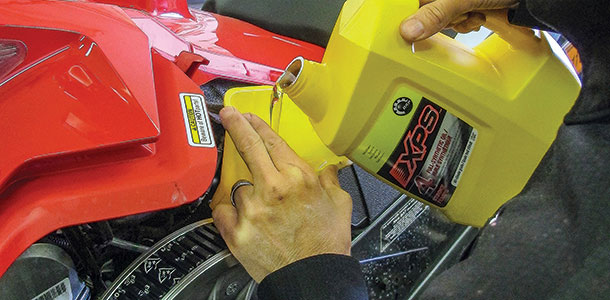

I’m just wondering what y’all do with the old carbide blades when you replace them? I’m looking to purchase any/all carbide scrap. Paying top dollar.
Best wishes from Texas